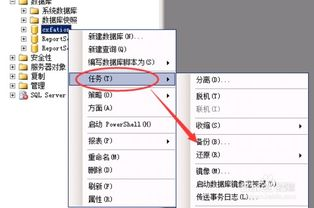ASP.NET File Server Setup, Configuration for Effective File Management
Understanding ASP.NET File Server Basics
Setting up an ASP.NET file server requires an understanding of the fundamental components involved in its architecture. ASP.NET is a web framework developed by Microsoft, designed for building dynamic web applications and services. To create a file server, one would typically utilize features such as file uploads, downloads, and storage management within an ASP.NET application. ASP.NET supports various protocols and standards, making it an excellent choice for file server configuration, allowing seamless communication and data transfer between clients and the server.
Essential Components and Requirements
To effectively configure an ASP.NET file server, you need several crucial components in place. Firstly, you must have a reliable web server, such as IIS (Internet Information Services
), which runs your ASP.NET applications. Additionally, creating a dedicated folder structure within the server is vital to organize the files efficiently. This folder structure will serve as the directory for storing uploaded files and managing other file operations. Furthermore, you'll want to implement proper security measures, as file servers can be vulnerable to unauthorized access and data breaches. Configuring permissions based on user roles ensures that sensitive files are accessed only by authorized individuals and enhances the overall security of your file server.
Configuration Steps for ASP.NET File Server
The configuration process for an ASP.NET file server involves several key steps. Firstly, ensure that your IIS is properly configured to support ASP.NET applications. This includes enabling the ASP.NET framework and setting up authentication methods. Secondly, create a separate folder in your web application specifically for file uploads, ensuring adequate write permissions are granted to this folder. Next, implement the file upload functionality in your application using ASP.NET features like HttpPostedFileBase. It is essential to validate the uploaded files for their type and size to prevent malicious content from being uploaded. Finally, develop file management capabilities, such as listing, downloading, and deleting files, to ensure efficient handling of uploaded content. Be sure to create user interfaces (UI) that allow end-users to interact easily with the file server.
In summary, setting up an ASP.NET file server involves several crucial steps, including understanding the basic components, defining essential requirements, and following a proper configuration process. By implementing effective file management strategies and ensuring security, you can create a robust file server that meets organizational and user needs.





